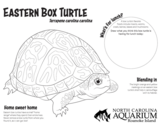
A coloring page and fact sheet for North Carolina's state reptile!
- Subject:
- Biology
- Science
- Social Studies
- Material Type:
- Activity/Lab
- Author:
- North Carolina Aquarium Roanoke Island
- Date Added:
- 04/01/2022

A coloring page and fact sheet for North Carolina's state reptile!

This resource is a compilation of text, videos, and other elements to create a scaffolded 5E learning experience for students. In this lesson, students learn about energy transfer through food chains and understand how animals' habitats provide what they need to survive.

Students construct a pollinator out of a spoon and pom pom balls that when dipped in the pollen powder will be able to carry the pollen to the other flower, and students could shake the pollen off on the other flower as it moves by it.

Students will explore the question of why honeybees are attracted to certain flowers and identify the ways honeybees' need for food can be met in environments in various areas of the world. They will communicate their findings to their peers through a media presentation.This lesson was developed by Gisele Cauley as part of their completion of the North Carolina Global Educator Digital Badge program. This lesson plan has been vetted at the local and state level for standards alignment, Global Education focus, and content accuracy.

Students will investigate their world to learn about the needs of honeybees as they listen and ask questions of a beekeeper. Students will recognize that honeybees live in all areas of the world except for Antarctica and that their needs are found in the environment in which they live.This lesson was developed by Gisele Cauley as part of their completion of the North Carolina Global Educator Digital Badge program. This lesson plan has been vetted at the local and state level for standards alignment, Global Education focus, and content accuracy.

Students will investigate ways people around the world change the environments where honeybees live to make it harder for honeybees to meet their needs. Students will also be exposed to ways people participate globally in activities that have a positive impact on honeybees' environment. Independently and as class students will determine ways they can help honeybees in the local community. Students will make plans independently and as a class to take action to alleviate a problem or aid honeybees in the community.This lesson was developed by Gisele Cauley as part of their completion of the North Carolina Global Educator Digital Badge program. This lesson plan has been vetted at the local and state level for standards alignment, Global Education focus, and content accuracy.

In this lesson, students will develop an awareness of what is required for survival. Students will become aware of different habitats.
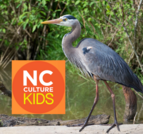
In this short video, join Brandon and Emily on a nature hike with Falyn from the NC Wildlife Resources Commission as they discover all kinds of plants and animals and learn a thing or two about the amazing nature of North Carolina!
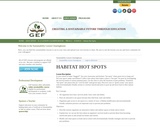
Students will collect clues about what makes a "hot spot" for pests by investigating the survival needs of various potential pests. Then they will brainstorm ways to transform these spaces into "cool-for-kids" areas and ways to "green sweep" their spaces with environmentally friendly actions to protect against unwanted pests.

Students brainstorm examples of familiar animals and their needs. They learn that a habitat satisfies the basic needs that must be met for an animal to survive.
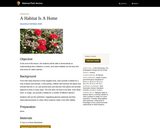
In this lesson, students demonstrate an understanding that a habitat is a home, and native habitats are the best and only home for native species.
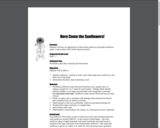
In this lesson, students will have an opportunity to learn about sunflowers and plant sunflower seeds, a native plant of the North American prairie.

Students will identify and describe the similarities and differences among cacti plants as related to physical structure, growth, change, and movement; explain that all plants have basic needs and identify the specific needs of cacti plants; differentiate between natural and man-made habitats and explain how both can support plant life (dish garden vs. desert habitat).
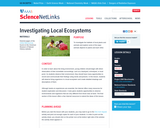
Students investigate the habitats of local plants and animals and explore some of the ways animals depend on plants and each other.
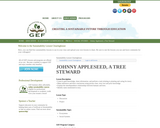
Students will hear and discuss the story of Johnny Appleseed, focusing on his example of stewardship and how we can follow his example. The students will then participate in a tree planting activity and learn what needs to be done to take care of the tree after planting. As a culminating activity, students will create a stamp to honor Johnny Appleseed.

This resource supports the English language development of English language learners. This resource contains an article about ants, explains the life cycle of an ant with pictures, the colony life cycle, and has a coloring page of the life cycle (p.28), among others.

In this activity, students use felt boards to match animals with their appropriate habitats. Students are then given an opportunity to mix up the animals and habitats and have other students determine the correct combinations. Students discuss why each of the mixed-up combinations will not work.

In this short video, students will learn how female loggerhead sea turtles make their way to beaches all along the Atlantic Ocean to lay their eggs.
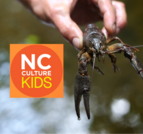
In this short video, students join Emily and Dr. Bronwyn Williams from the North Carolina Museum of Natural Sciences as they head to three different North Carolina locations to explore the world of crayfish!
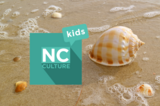
In this short video, students learn about seashells and the creatures that use them on the coast of North Carolina.